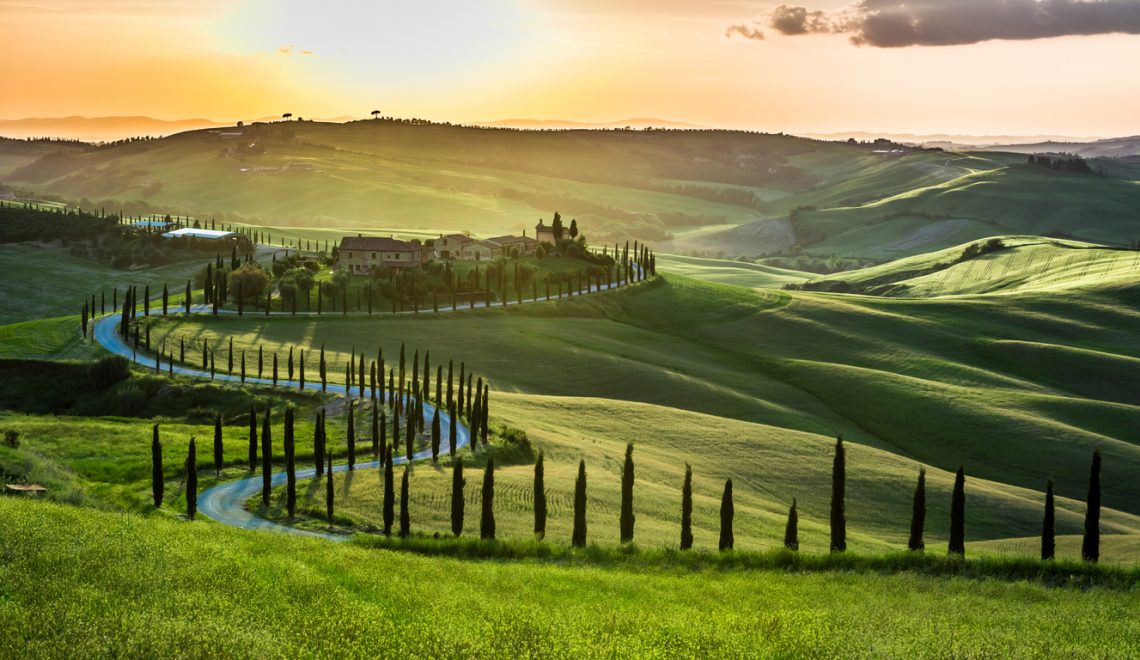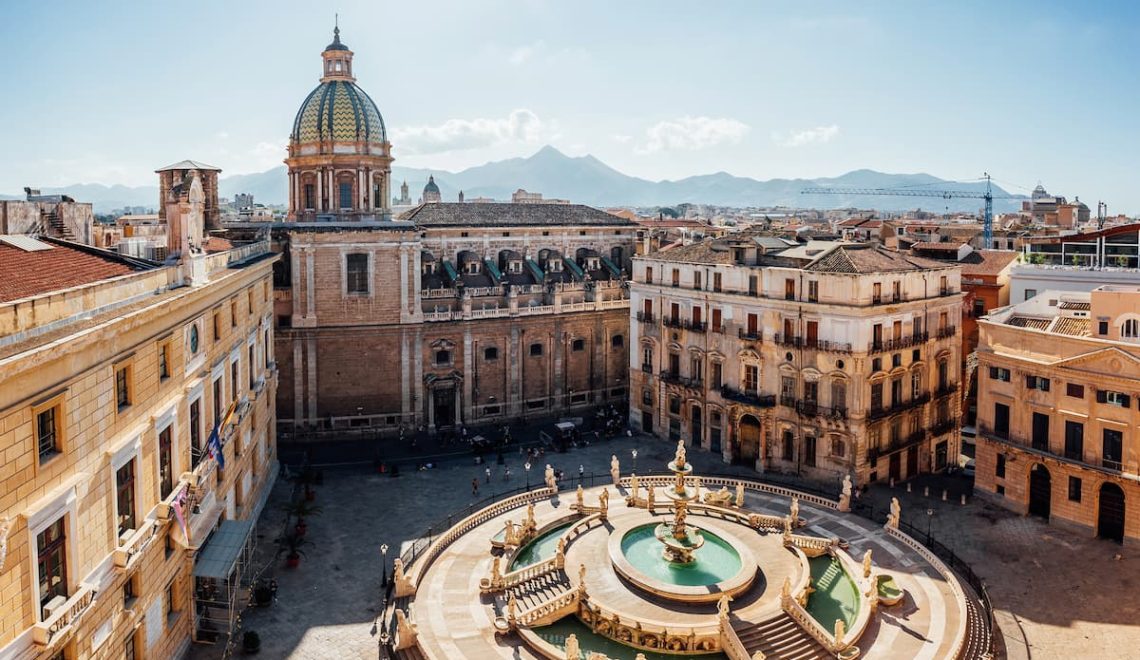
Unlock the secrets to the perfect Italian getaway with our guide on the best time to visit Italy. Explore seasonal highlights, cost-saving tips, and the prime times to visit Venice, Rome, and more for an unforgettable experience.
Traveling to Italy offers an experience filled with rich history, stunning landscapes, delectable cuisine, and vibrant culture. However, determining the best time to visit Italy can be a pivotal decision in planning your trip. Whether you’re drawn by the allure of bustling festivals, serene landscapes, or favorable weather conditions, each season in Italy has its unique charm and challenges. In this guide, we’ll explore the seasonal nuances of Italian travel, helping you decide when is the best time to visit Italy, including insights on the best time of year to visit Italy, cheapest time to visit, and the best times to visit iconic cities like Venice and Rome.
- Italy in Spring (April to June):
- Weather
- Crowds
- Events
- Italy in Fall (September to October)
- Weather
- Crowds
- Events
- Italy in Summer (July to August):
- Weather
- Crowds
- Events
- Italy in Winter (November to March):
- Weather
- Crowds
- Events
Spring (April to June):

Weather
Spring in Italy is synonymous with rebirth and beauty. The weather progressively warms up from cool and pleasant in April, ideal for exploring outdoor attractions without the summer heat.
Is April a good time to visit Italy?
Absolutely, as the climate is mild, landscapes are blooming, and the days grow longer, providing a perfect backdrop for sightseeing and leisurely strolls.
Crowds
Spring marks the beginning of the tourist season, with crowds gradually increasing. However, compared to the peak summer months, destinations are less crowded, making it a favorable time to explore Italy’s treasures with relative calmness.
Events
Spring in Italy is vibrant with cultural events and festivals. From Easter celebrations across the country, marked by processions and religious ceremonies, to the Flower Festival in Spello, where streets are adorned with flower art, spring offers a glimpse into Italy’s rich traditions and lively spirit.
Fall (September to October)

Weather
Fall in Italy is a season of warm colors and mild temperatures. The sweltering heat of summer gives way to cooler, comfortable weather, ideal for outdoor activities and exploring the countryside, which is transformed into a palette of orange, red, and yellow hues.
Crowds
As the summer tourists depart, Italy becomes quieter. This period offers a more authentic experience, with shorter queues at major attractions and a relaxed atmosphere in cities and towns.
Events
The fall season is ripe with harvest festivals, particularly celebrating wine and olive oil. The famous White Truffle Festival in Alba and various wine harvest events in Tuscany and Piedmont are highlights, offering visitors a taste of Italy’s world-renowned gastronomy.
Summer (July to August):

Weather
Summer in Italy is hot and sunny, making it a popular time for beach holidays along the coast and on islands like Sicily and Sardinia. While cities can be particularly hot, many Italians head to the coast, leaving urban areas less crowded during the day.
Crowds
Summer is the peak tourist season. Major landmarks and coastal areas are crowded, and prices for accommodations and flights can be higher. Early planning is essential to secure the best deals and avoid the most crowded spots.
Events
Summer in Italy is packed with events, from the famous Venice Film Festival to colorful local festivals celebrating everything from music to food. It’s a time of vibrant nightlife and outdoor concerts, offering endless entertainment options.
Winter (November to March):

Weather
Winter in Italy varies greatly from north to south. The northern regions experience cold temperatures and snow, ideal for skiing in the Alps and Dolomites. In contrast, the south enjoys milder weather, making it a pleasant time for exploring cities and countryside alike.
Crowds
Winter is the least crowded season, except during the Christmas and New Year holidays. This is the best time for those seeking tranquility and interested in exploring Italy’s cultural heritage without the queues.
Events
Winter in Italy is magical, especially with Christmas markets in cities like Bolzano and Merano. The Carnival of Venice in February is a world-renowned event, where the city comes alive with masks, costumes, and festivities.
In conclusion, the best time to visit Italy largely depends on your preferences and interests. Spring and fall offer a balanced mix of pleasant weather, fewer crowds, and a plethora of cultural events. Summer, while crowded and hot, is perfect for beach enthusiasts and festival-goers. Winter provides a quieter, more authentic experience with the added allure of Christmas festivities and skiing opportunities. Whenever you choose to travel, Italy’s timeless beauty and rich cultural tapestry promise an unforgettable journey.



